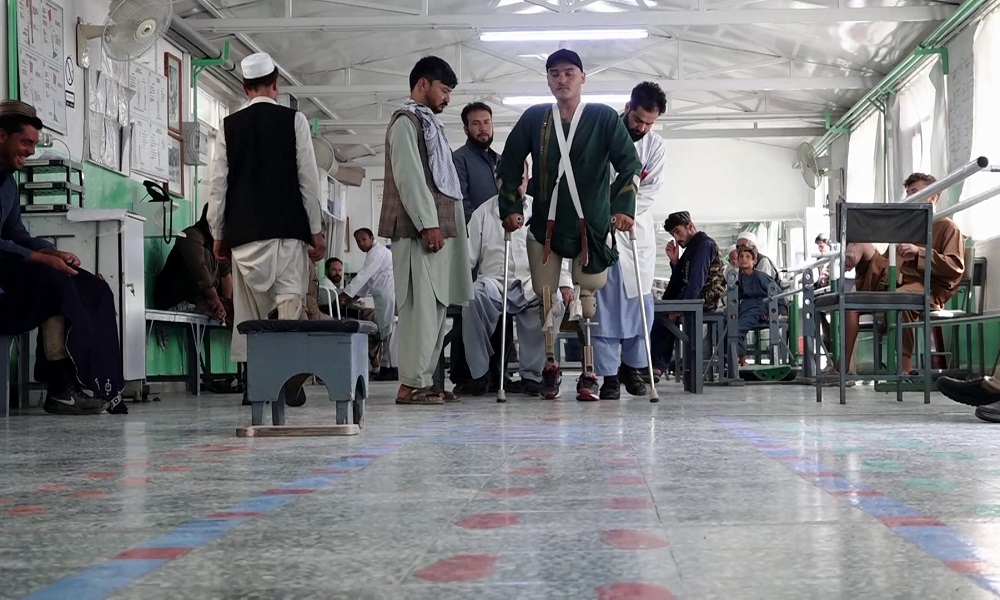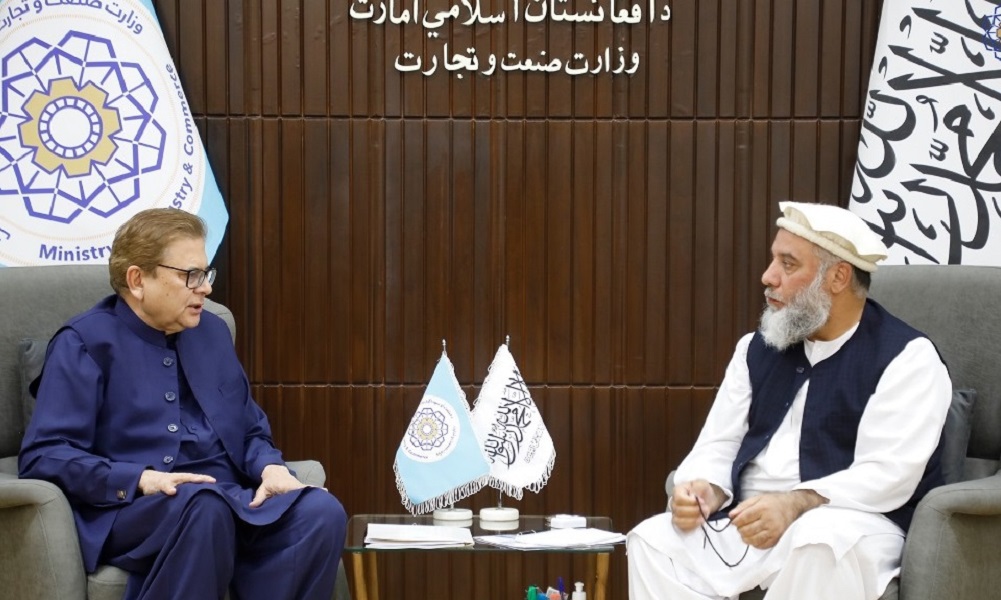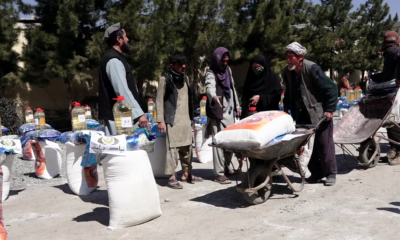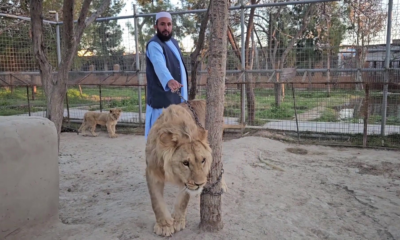Latest News
Remnants of war kill and wound 320 civilians in first six months of 2024: ICRC
Of these 264 were children, making up 82.5 percent of all casualties, according to the ICRC.

The International Committee of the Red Cross (ICRC) Afghanistan says that 320 civilians have been killed or wounded in the first six months of this year due to the explosion of unexploded ordnance.
Of these 264 were children, making up 82.5 percent of all casualties, according to the ICRC.
Although the war has ended in the country, women and children continue to suffer from its effects.
Infectious diseases, malnutrition, violence and psychological problems are also considered to be indirect effects of 40 years of war.
The mother of a disabled child named Yahya said: “Our economic situation was not that good. We had no money. Our baby underwent an operation in the 400-bed government hospital.”
A number of victims of unexploded ordnance explosions, who have lost limbs, have appealed to the government to help them find work.
Omar Shah, a disabled man from Paktia province, said: “We should be given money so that we can solve our problems.”
“I used to be a mobile phone engineer,” said Sultan, who is disabled. “Three and a half months have passed since the incident. My father and I stay at home because we can’t work.”
Doctors meanwhile say children have been psychologically affected by the war, with many suffering from fear and anxiety.
They emphasize that the children are in dire need of long-term support to deal with the situation.
“They have been victims of war or have gone through the war crisis. Of course, the infrastructure is destroyed. People’s access to healthcare facilities is diminished. It is from this war that healthcare facilities are also affected. The medicine does not arrive on time. Mothers cannot go to the clinic, especially mothers who are pregnant and need examination and medication,” said Qais, a medic.
According to the ICRC, currently at least 200,000 physically challenged people in Afghanistan receive assistance from the organization.
Latest News
Sources: US drops bounties on key IEA officials

Sources close to Acting Interior Minister Sirajuddin Haqqani tell Ariana News that the U.S. government has removed bounties on several Islamic Emirate officials.
According to the sources, those no longer on the list include Sirajuddin Haqqani, Abdul Aziz Haqqani, and Yahya Haqqani.
Latest News
Azizi and Sadiq discuss Kabul-Islamabad trade and transit challenges

Acting Minister of Industry and Commerce, Nooruddin Azizi, and Mohammad Sadiq, Pakistan’s Special Representative for Afghanistan, met on Saturday to address ongoing trade and transit challenges, stressing the importance of preventing political tensions from impacting economic ties, the ministry said in a statement.
The two officials focused on finalizing the Preferential Trade Agreement (PTA) and resolving issues related to the Afghanistan-Pakistan Transit Trade Agreement (APTTA), the statement read.
The meeting also discussed the upcoming visit of Pakistan’s Deputy Prime Minister to Afghanistan and a planned visit by an Islamic Emirate delegation to Pakistan.
The ministry hailed Sadiq’s visit to Kabul as a positive step, with Azizi emphasizing its constructive role in enhancing bilateral trade relations.
Latest News
Muttaqi to Pakistani envoy: Trade and transit obstacles benefit no one

Acting Foreign Minister Amir Khan Muttaqi and Pakistan’s Special Representative for Afghanistan Mohammad Sadiq met on Saturday and discussed bilateral relations, political and economic cooperation, security and transit, said Zia Ahmad Takal, head of public relations at Foreign Ministry in a statement.
In this meeting, Muttaqi emphasized that obstacles to trade and transit are not in anyone’s interest and that certain issues should not be linked together.
He added that the process of Afghan refugees returning from Pakistan should be carried out gradually and with dignity.
According to the statement, Pakistan’s special representative also acknowledged that ensuring security in Afghanistan benefits both Pakistan and the region.
He committed to introducing measures to facilitate the visa issuance process for Afghan citizens.
Mohammad Sadiq also stated that practical steps will be taken to resolve existing trade and transit challenges.
-

 World4 days ago
World4 days agoPutin agrees to 30-day halt on energy facility strikes in Ukraine
-

 Sport4 days ago
Sport4 days agoIPL 2025 celebrates 18 years of immense success
-

 Latest News4 days ago
Latest News4 days agoBayat Foundation helps needy families in Kabul during Ramadan
-

 Latest News4 days ago
Latest News4 days agoTorkham crossing to reopen after 25-day shutdown
-

 Latest News3 days ago
Latest News3 days agoHelmand environmental department opens new Zoo
-

 Latest News5 days ago
Latest News5 days agoAfghan-Pakistan talks to reopen Torkham border ‘end on positive note’
-

 Latest News2 days ago
Latest News2 days agoAfghan prisoners in Iran sent home
-

 Latest News3 days ago
Latest News3 days agoTrade resumes as Afghanistan and Pakistan reopen key Torkham border crossing
























